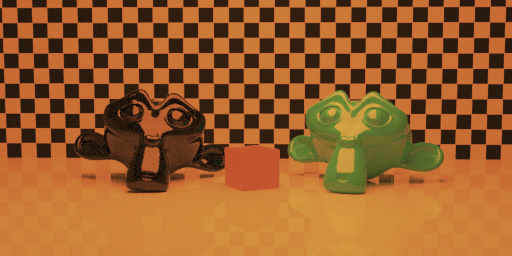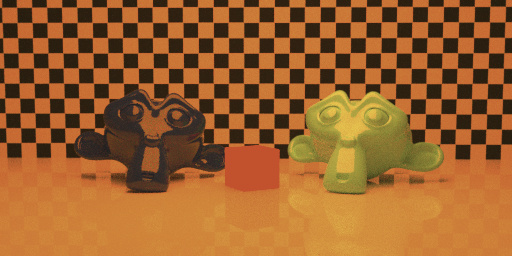A massive thank you to @pembem22 for submitting a PR enabling spectral data transfer between nodes, and converting the Blackbody to output spectral data. This is a huge milestone. Hopefully some sort of custom spectrum input method will be coming soon, that’s where we’ll start to see the biggest differences, but already this is quite a stark difference. Images by @pembem22 from the PR.
Master

Spectral ‘RGB Blackbody’

Spectral Blackbody
